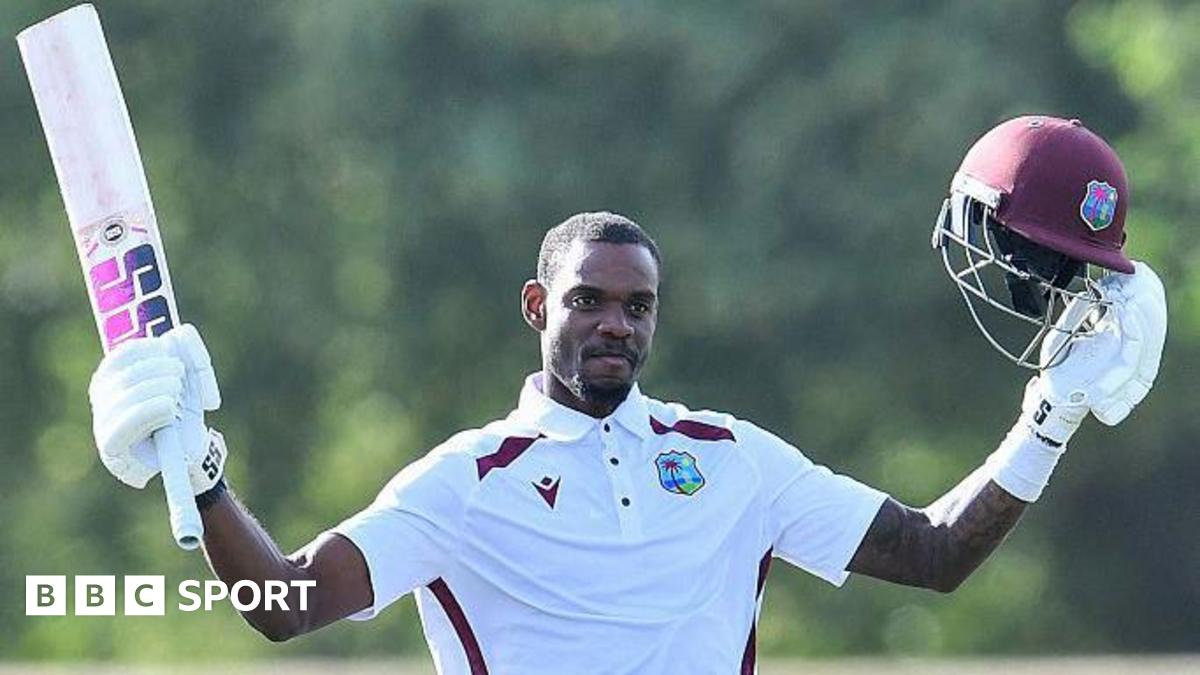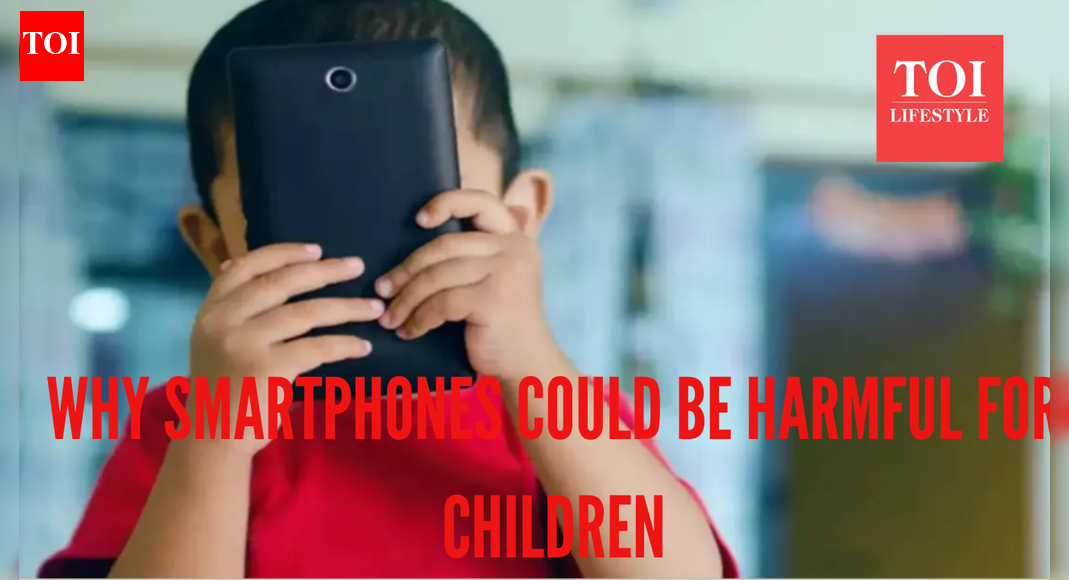Introduction
Placenta previa (PP) is a major obstetric complication associated with increased risks of maternal morbidity, hemorrhage, and perinatal mortality. PP is a condition where the placenta is positioned such that it fully or partially…

Placenta previa (PP) is a major obstetric complication associated with increased risks of maternal morbidity, hemorrhage, and perinatal mortality. PP is a condition where the placenta is positioned such that it fully or partially…

Several billionaires loaded up on Broadcom, Meta Platforms, and Microsoft stocks in Q3.
However, Alphabet and Nvidia were the most popular AI stocks with billionaire investors during the quarter.
Both stocks should have tremendous growth prospects over the next several years.
These 10 stocks could mint the next wave of millionaires ›
The phrase “follow the money” gained widespread attention thanks to the 1976 movie, All the President’s Men. While the quote and the movie were about the Watergate scandal, following the money has become a popular approach for many investors who track the stocks bought by billionaires.
As you might expect, quite a few billionaires have invested heavily in artificial intelligence (AI) stocks. But which AI stocks are they buying the most?
To answer that question, I examined the 13F filings for the third quarter of 2025 of companies, family offices, and hedge funds run by 10 prominent billionaire investors:
Bill Ackman
Warren Buffett
Chase Coleman
Stanley Druckenmiller
Israel “Izzy” Englander
Ken Griffin
Carl Icahn
Paul Tudor Jones
George Soros
David Tepper
Each of these billionaires, except for Ackman and Icahn, bought at least one AI stock in Q3. Three AI stocks didn’t rank at the top of the list, but deserve honorable mentions: Broadcom (NASDAQ: AVGO), Meta Platforms (NASDAQ: META), and Microsoft (NASDAQ: MSFT).
Jones’ Tudor Investment hedge fund initiated new positions in Broadcom and Meta in Q3. Druckenmiller’s Duquesne Family Office also initiated a new position in Meta during the quarter.
Coleman’s Tiger Global Management increased its position in Broadcom in Q3. Englander’s Millennium Management and Griffin’s Citadel Advisors each bought additional shares of Broadcom, Meta, and Microsoft. Soros Fund Management more than tripled its position in Microsoft in Q3.
However, two other AI stocks stood out as most popular with billionaire investors. Half of the billionaires on the list bought either Alphabet (NASDAQ: GOOG) (NASDAQ: GOOGL) or Nvidia (NASDAQ: NVDA) in Q3.
Buffett surprised some observers by initiating a significant new position in Alphabet for Berkshire Hathaway (NYSE: BRK.A) (NYSE: BRK.B) during the quarter. This purchase was a long time in the making. The legendary investor revealed in an interview with CNBC in 2017 that he regretted not buying shares of Google’s parent company earlier.
Druckenmiller also opened a new position in Alphabet in Q3. Meanwhile, Englander, Griffin, and Soros added to their hedge fund’s stakes in the tech giant. Griffin’s Citadel even bought more of both of Alphabet’s share classes.

Justin Greaves scored a Test career-high 202 not out as West Indies made the second-highest fourth-innings total in history to earn a draw with New Zealand in the series opener in Christchurch.
West Indies had been skittled for just 167 in their…

Liver diseases remain a significant global health challenge, contributing to approximately 2 million deaths every year and accounting for nearly 4% of all global deaths.1 Chronic liver conditions such as cirrhosis, hepatitis B and C…

Liver health is critical to overall wellness, yet liver disorders are increasingly common, often leaving patients feeling anxious and unsure about the future. One such inspiring journey comes from a 41-year-old patient who had been struggling…

Invasive meningococcal disease (IMD) is caused by Neisseria meningitidis (Nm), which is ranked as the first pathogen in the World Health Organization (WHO) roadmap for defeating meningitis by 2030.1 According to the capsular…

Most children have smart phones these days. While a lot of times, smartphones are handy in keeping children safe (through regular contact, tracking etc.), giving them too early to your child can cause a host of issues, says science. Let’s see…